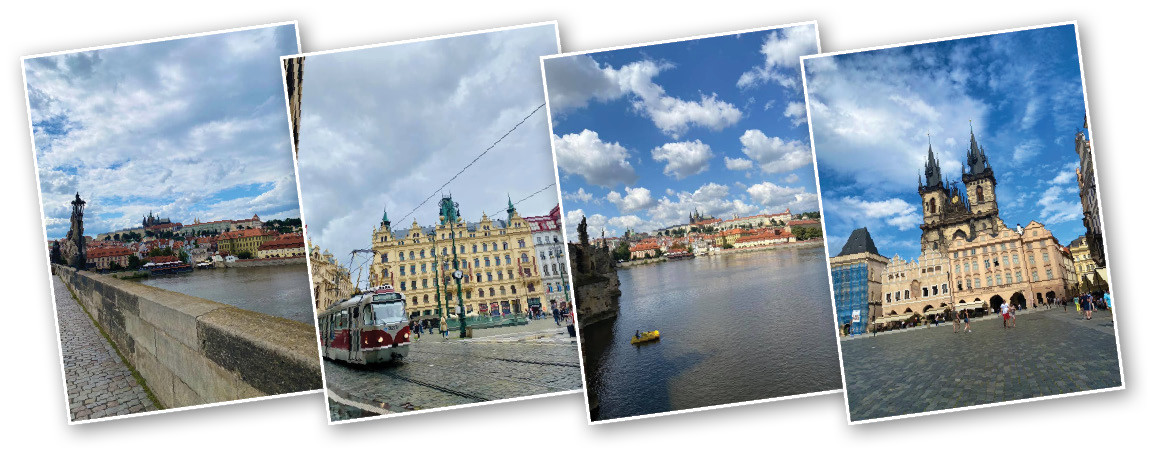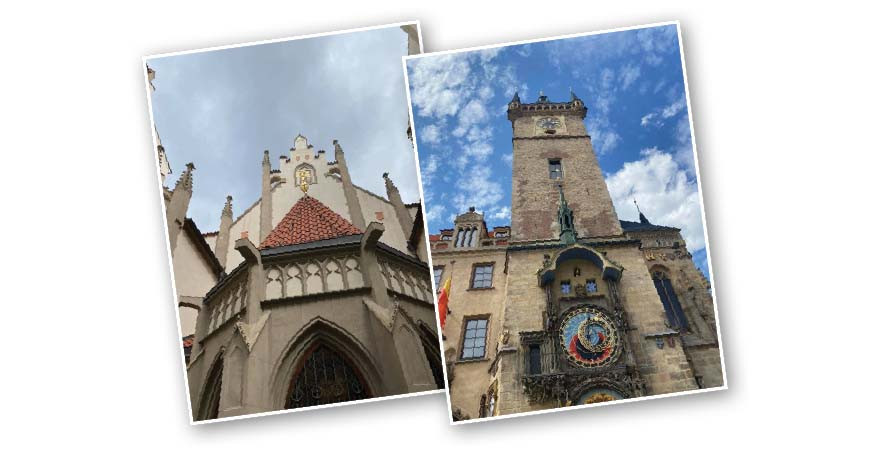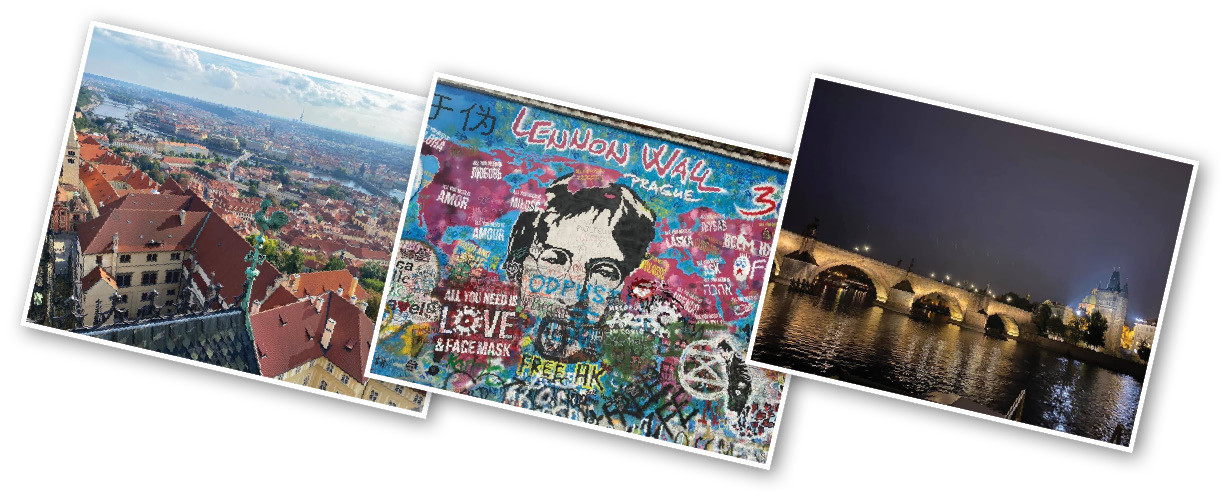Prague: A city of immaculate charm
Allia Bukhari flies us to Prague

Many call it “the most beautiful city in the world”. For a great deal of bloggers and travellers — with their YouTube videos being a testament — it is “the best city in Europe’’; well thanks to the many cultural attractions, rich history, a bustling nightlife and stunning landscapes it offers in perfect proportions. The 13th largest city in Europe and the capital of Czech Republic, Prague is, quite literally, breathtaking in every aspect.
The essence of Praha — as it’s better known in Czech — lies in its cliché cobblestone streets, medieval architecture of houses and old-fashioned trams taking you even to the farthest of corners in the city and being the most convenient and popular mode of public transport here. Prague is a tourist-favourite destination all-year-round for innumerable reasons. It is cheap, vibrant and international. And yet it has intelligently preserved its most crucial parts of history for everyone to see, be it the old churches and synagogues in the Jewish quarter or its dazzling Old Town.
The city is no stranger to the lists of Top 10. Just recently, culture and travel website Time Out, ranked it on top of the list of the world’s most beautiful places, after it surveyed some 27,000 city dwellers from around the world on their cities’ top qualities, of whom 83% of participants voted for the Czech capital.
Here are some of our top attractions from the city that you shouldn’t miss on your visit to this stunning capital.
 Prague Castle
Prague Castle
What stands out most in the city’s skyline is the views of Prague castle, giving a rather Disney fairytale vibe to the metropolis. The largest ancient castle in the world dating back to the 9th century, Prague Castle includes a gothic-style Saint Vitus Cathedral, an oldest surviving church inside the castle called Basilica of St. George, gardens and palaces all signifying romanesque and gothic architecture in its glory. The castle is visible from various parts of the city and adds to the quaint, striking beauty of Prague. Guided tours are available for those who wish to see this wonder from the past, which has also been the official office for the Czech Republic’s head of state.
Charles Bridge
One of Prague’s most visited attractions is the medieval pedestrian bridge from the 15th Century called Charles Bridge on River Vltava also connecting Prague Castle to the Old Town. The bridge was built by Czech king and Holy Roman Emperor Charles IV. Some 30 statues and groups of statues of Baroque architecture are situated here on the bridge, most of which were created in the 17th and 18th Centuries. Walking across the bridge with some of the magnificent views of the city is a sight to behold!

Jewish Quarter
Prague’s Jewish Quarter, what was once a Jewish ghetto, comprises synagogues, cultural museums and cemeteries dating back to the 13th Century. Some monuments of the ghetto survived the Nazi occupattion of the 20th Century and is a stark reminder of a turbulent history and systemic racism faced by the Jewish people of the region. It’s also the place where renowned Bohemian novelist Franz Kafka spent most of his time. Prague isn’t just a pretty escape but also a place with great historical significance.
Old Town Square
The old town, dating back to 12th Century, is considered one of the most beautiful districts in Prague easily recognisable by two enormous towers of The Church of our Lady before Tyn, a gothic church dating back to the mid 14th century and Prague’s famous astronomical clock, which happens to be the oldest clock still working today. Plenty of fancy restaurants and cafes can also be found here making it quite a happening spot in the city.

John Lennon Wall
A go-to place for artists, this wall features graffiti, lyrics from Beatles’ songs and paintings of singer-songwriter and activist John Lennon. Easily reachable from Charles Bridge, the wall symbolises freedom and resistance against communism and fascism with several messages of profound global resonance inscribed on it. The wall was once known as the “Crying Wall’, where people would come and pour out their frustrations with the government and authorities during the Communism era.
Dancing House
Prague’s Dancing House, also called “Fred and Ginger” (named after dancing duo Fred Astaire and Ginger Rogers), is the face of post-1989 Czech architecture.The building has a sightseeing terrace on its rooftop, offering panoramic views of the city.



















COMMENTS
Comments are moderated and generally will be posted if they are on-topic and not abusive.
For more information, please see our Comments FAQ